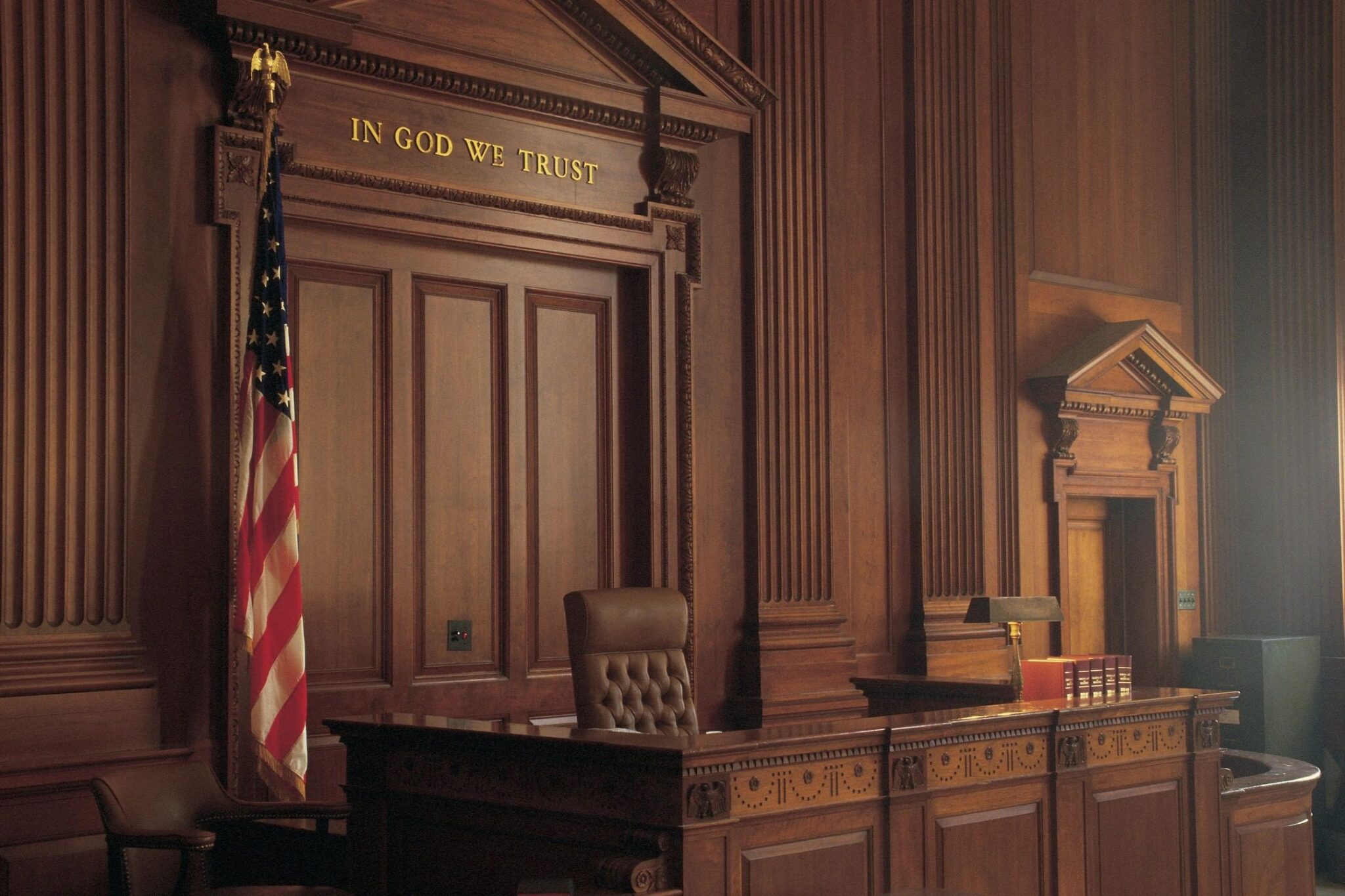
How Documentation Can Strengthen a Wrongful Termination Claim
If you’ve been wrongfully terminated, your word alone may not be enough to win a legal claim — even if the circumstances seem obvious to you. What makes the difference in many cases? Documentation.
In wrongful termination claims, evidence is everything. Employers rarely admit to discrimination or retaliation outright, so the burden is on you and your legal team to prove that your termination was illegal. The more well-documented your case is, the stronger your position.
Here’s how documentation can play a powerful role in protecting your rights and building a compelling claim.
Why Documentation Matters
Most wrongful termination cases are complex. Your employer may argue that you were fired for performance issues, company restructuring, or another lawful reason. It’s your responsibility to show otherwise — that the real reason was discriminatory, retaliatory, or in breach of an agreement.
Proper documentation helps:
- Establish a timeline of events
- Demonstrate patterns of behavior
- Preserve conversations and actions that might otherwise be denied
- Support claims of discrimination, retaliation, or policy violations
- Show how the termination affected you financially and emotionally
Types of Documentation to Collect
If you suspect you’re being mistreated or believe your termination was unlawful, begin collecting and organizing relevant records immediately. Here are key types of documentation to focus on:
1. Employment Contract or Offer Letter
Start with your agreement. Does it specify terms of employment, notice requirements, or reasons for termination? Contracts can override at-will employment in some cases and are central to any breach of agreement claim.
2. Company Policies or Employee Handbook
These documents can help show that the employer failed to follow its own procedures or applied policies inconsistently — both useful in wrongful termination cases.
3. Performance Reviews
If your recent performance evaluations were positive, and your termination came suddenly or without explanation, this may help counter claims that you were fired for poor performance.
4. Emails and Internal Messages
Save emails, Slack messages, or memos that relate to your job performance, complaints you’ve made, or conversations that indicate bias or retaliation. These communications can serve as direct or circumstantial evidence.
5. HR Complaints or Reports
If you previously reported harassment, discrimination, or unsafe working conditions, those complaints are critical to proving retaliation. Keep copies of what you submitted and any responses you received.
6. Witness Statements
If coworkers witnessed unfair treatment or heard comments related to your firing, ask them (if appropriate) to provide a written statement. Their accounts can add weight to your claims.
7. Pay Stubs and Benefit Information
To calculate damages, you’ll need documentation showing your salary, bonuses, healthcare benefits, and any lost compensation due to your termination.
8. Job Search Records
If you’re seeking new employment, keep records of job applications and interviews. This demonstrates that you’re actively trying to mitigate your losses — an important element in legal proceedings.
How to Organize Your Documentation
Good documentation is only helpful if it’s clear, complete, and easy to navigate. Here’s how to stay organized:
- Create a timeline of key events (e.g., when you reported an issue, when your reviews changed, when you were fired)
- Label and date all files clearly
- Store digital copies in a secure folder or cloud drive
- Keep backups in case anything is lost or overwritten
- Avoid editing original files — if you take notes on emails or documents, make those annotations separately
A well-structured documentation folder will not only help your attorney but can also strengthen your credibility during legal proceedings.
What Not to Do
- Don’t steal proprietary company information. Only save records that pertain to your case or your own employment.
- Don’t alter or fabricate records. Even small inconsistencies can damage your case.
- Don’t rely on memory alone. Document things in writing as soon as they happen.
When to Start Documenting
Ideally, you should begin documenting the moment something feels off — whether that’s a discriminatory comment, a denied promotion, or retaliation after reporting misconduct. Don’t wait until after you’ve been fired to start gathering evidence. The earlier you act, the more thorough your documentation will be.
Working with a Lawyer
An experienced employment lawyer can help evaluate your documentation and determine whether you have a viable wrongful termination claim. They’ll look for patterns in your evidence, identify gaps, and help develop a legal strategy based on your unique situation.
Many employment attorneys offer free consultations, so it’s worth reaching out even if you’re unsure about your case. The strength of your documentation may be the difference between a dismissed claim and a successful settlement or verdict.
Final Thoughts
Wrongful termination is about more than hurt feelings — it’s about your rights being violated. And to prove that in a legal setting, documentation is your strongest ally. If you’re facing or recovering from a wrongful termination, don’t wait. Start gathering your records now, and consult a legal professional who can guide you through the next steps. If you’re in need of a wrongful termination lawyer in Maryland, reach out to Mundaca today.
Good documentation tells your story — clearly, accurately, and powerfully. Make sure you’re ready to tell it.
